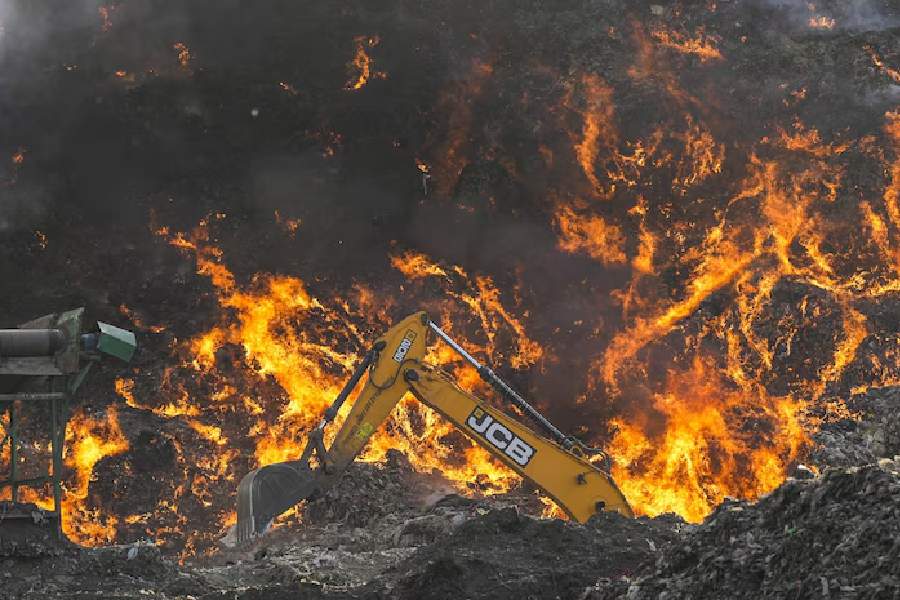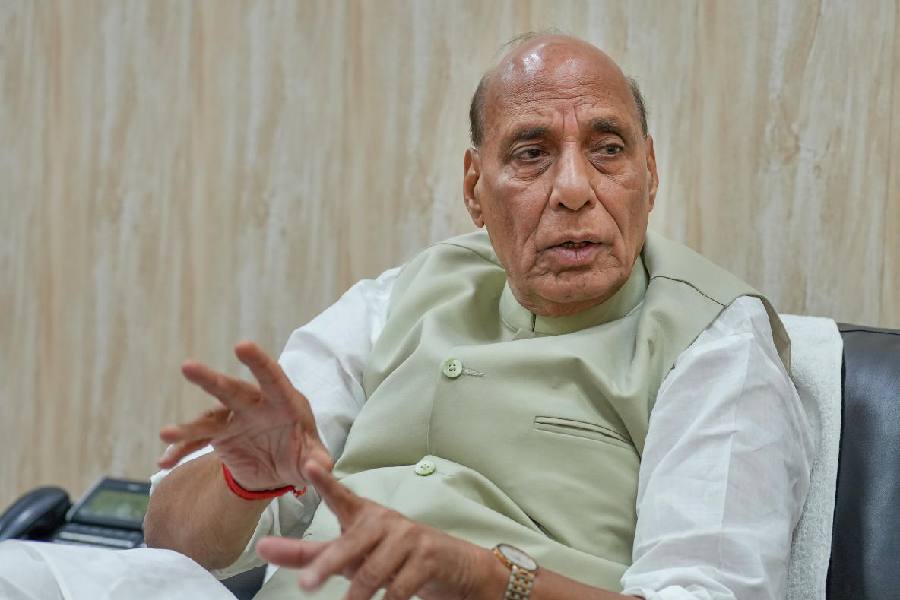Citizens of Chennai are experiencing an all-too-familiar sinking feeling. In 2015, the floods had been particularly severe, claiming around 470 lives in the entire state. The battering by Cyclone Michaung has evoked memories of that earlier nightmare. Such has been the intensity of the deluge that a rainfall deficiency of 21% between October 1 and November 29 in the Chennai district had turned into an excess of 54% by December 5. Expectedly, climate change is playing a pivotal role in triggering such extreme weather events. But that should not deflect public attention from other, attendant issues. Lessons, evidently, have not been learnt from past calamities: an integrated stormwater drain network project worth Rs 3,220 crore that was to be implemented at the Kosasthalaiyar watershed remains mired in administrative and legal wrangles; numerous flaws pointed out in a report submitted in 2017 by the Comptroller and Auditor General — it called the 2015 floods a man-made disaster — remain largely uncorrected. Another reason for the widespread flooding is the gradual disappearance of natural drainage systems like lakes and canals. According to a study by the Chennai-based Care Earth Trust, only 15% of the city’s wetlands survive. Felled by rampant, unfettered urbanisation, Chennai’s wetlands have shrunk from 186 sq km in 1980 to 71 sq km in 2012. The chief minister of Tamil Nadu, M.K. Stalin, has argued that the damage suffered on this occasion has been far less than that in 2015: the stormwater drainage projects initiated by his party, he claims, are the reason. But there can be no doubt that the city’s planning and infrastructure need to be more resilient even as EWEs gather pace. The economic losses on account of disruptions in air and railway links merit scrutiny too.
Numerous Indian cities — Chennai is on this list — are now particularly vulnerable to the ravages of climate change. The Global Climate Risk Index for 2021 placed India as the seventh worst-hit country in 2019 by incidents of extreme weather. Repeated flooding — Calcutta, Mumbai, Bengaluru and Chennai are on the same boat — reveals the poor investments of Indian metropolises in climate resilient infrastructure. Public apathy combined with municipal ignorance has aggravated the risk. But it is the pursuit of a model of development without assessing its environmental risks that is at the heart of the problem. Only sustained public demand for corrective action can save Chennai and other Indian cities from drowning.










